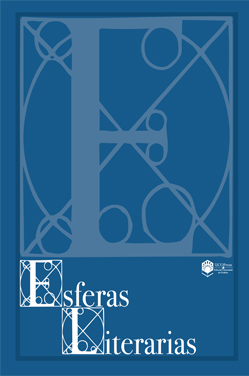WIT AND WOMAN IN THE HEGEMONIC AND HETERONOMIC DISCOURSE OF EARLY MODERN SPAIN
Main Article Content
Abstract
During the XVI century, a series of hegemonic devices created a representation of subjects and those discourses had a widespread dissemination and influence in the following century. Juan Huarte de San Juan’s work Examen de ingenios para las ciencias (The Examination of Men’s Wits, 1575/1594) was one of those performative discourses that delimited the abilities and functions of men taking into account the wit of each. Even though woman was not the subject of the text, she was not absent from the eye of the Navarrese doctor, who offered his own perspective. On the other hand ––and in honest disagreement with those opinions—, two women, María de Zayas and Mariana de Caravajal, from the field of literature and with an ex-centric position, expressed in different works their resistance to those biological and universal principals through the voice of speakers in the paratexts and the voice and action of characters.
Downloads
Download data is not yet available.
Article Details
How to Cite
Vijarra, René Aldo. “WIT AND WOMAN IN THE HEGEMONIC AND HETERONOMIC DISCOURSE OF EARLY MODERN SPAIN”. Literary Spheres, no. 1, Nov. 2018, pp. 75-86, doi:10.21071/elrl.vi1.11451.
Section
MONOGRÁFICO. El sujeto literario femenino: en busca de definición (coordinación y edición Ana Isabel Martín Puya)




